Las Aves - Coral, treasure... And lots of birds!
Destination - CaribbeanLas Aves archipelago, nestled in the Caribbean, is a corner of paradise where the birds have obviously signed a long-term lease - but what a strange idea! Come with me and discover this remote federal dependency of Venezuela.
Las Aves means “The Birds”. This small archipelago of 3.35 km² (1.3 square miles) literally rises out of the water between Bonaire, to the west, and Los Roques, to the east. Two groups of atolls with a total of 21 uninhabited islets, nothing more... so you might think that Las Aves is a haven of peace, far removed from human concerns. But that’s not quite the case; it is said that the archipelago of the birds was discovered in the 15th century by Spanish explorers in search of colorful feathers to brighten up their rather drab costumes. What is certain is that these atolls were the scene of a territorial showdown involving the Dutch, Spanish and English. Las Aves also acted as landmarks for sailors, although at times they were more preoccupied with fishing and hunting birds’ eggs than with sailing. The birds, for their part, watched these quarrels with a certain contempt from their natural perches - and hopefully without losing too many feathers in the process! The same cannot be said for sailors, as access to these isolated lands can require some particularly dangerous sailing. Many ships have ended up here, on the reefs, and their crews with them - when they didn’t manage to make it back to shore and get drunk on the barrels of alcohol they had left on board the wreck... Does this sound like a bad film to you?
In May 1678, a French expedition commanded by Admiral Comte Jean II d’Estrées tried to seize the Dutch island of Curaçao, but his nautical inexperience and stubborn refusal to follow the enlightened advice of his officers and pilots. He gave orders that ultimately led to the loss of some 13 or 14 ships of the squadron following their stranding on the Aves reefs. This astounding error of command, the only one of its kind in French maritime history, resulted in the loss of 500 sailors - but no penalty was imposed on the perpetrator.
TO DO / TO SEE
My favorite activity, ornithology, can be enjoyed unreservedly... Are you a bird lover too? Perfect, because you’re in for a treat in this sanctuary! There’s a colony of over a thousand boobies here, as well as swallows, pelicans and all sorts of shorebirds. I myself, have spent hours here observing the birds, photographing them, or simply immersing myself completely in the experience, trying to understand the subtle nuances of the aerial ballet orchestrated by these winged creatures.
Of course, if the idea of sharing space with the pleasant smells of bird droppings doesn’t appeal to you, other adventures await underwater on the Underwater Treasure Hunt. You can also explore the islands, discovering the mysteries hidden between the nooks and crannies of their shores, or enjoy barbecues on the beach, enhanced by your catch of the day.
ANCHORAGE
Sailing in the Aves archipelago can be a real challenge in terms of navigational skills, given the sheer number of reefs. I strongly recommend sailing during the day with the sun at its highest as charts - both paper and digital - are woefully unreliable for this remote area. It’s important to note that there are two distinct sets of islands, the Barlovento and the Sotavento.
Having only explored the Barlovento, I will only share the coordinates of my position, which is in a rather ideal location, well protected by the coral reef. However, the approach requires great caution due to the coral outcrops scattered around the area. The anchorage proves to be robust, ensuring perfect stability, provided you use an anchor suited to the sandy seabed.
Position: 11°56.6’ N - 67°24.8’ W
WEATHER
When considering the weather in the Aves, it is essential to consider the general climatic characteristics of the Caribbean region. The Aves are located in a tropical zone, and their climate is typically influenced by the Atlantic trade winds. In general, these winds which blow steadily from the east predominate in the area. There is a constant and pleasant breeze. It is fairly hot throughout the year with moderate seasonal variations. The Atlantic hurricane season runs from June to November, but the Aves are hardly ever affected. It is very rare for the area to be impacted even by tropical storms.

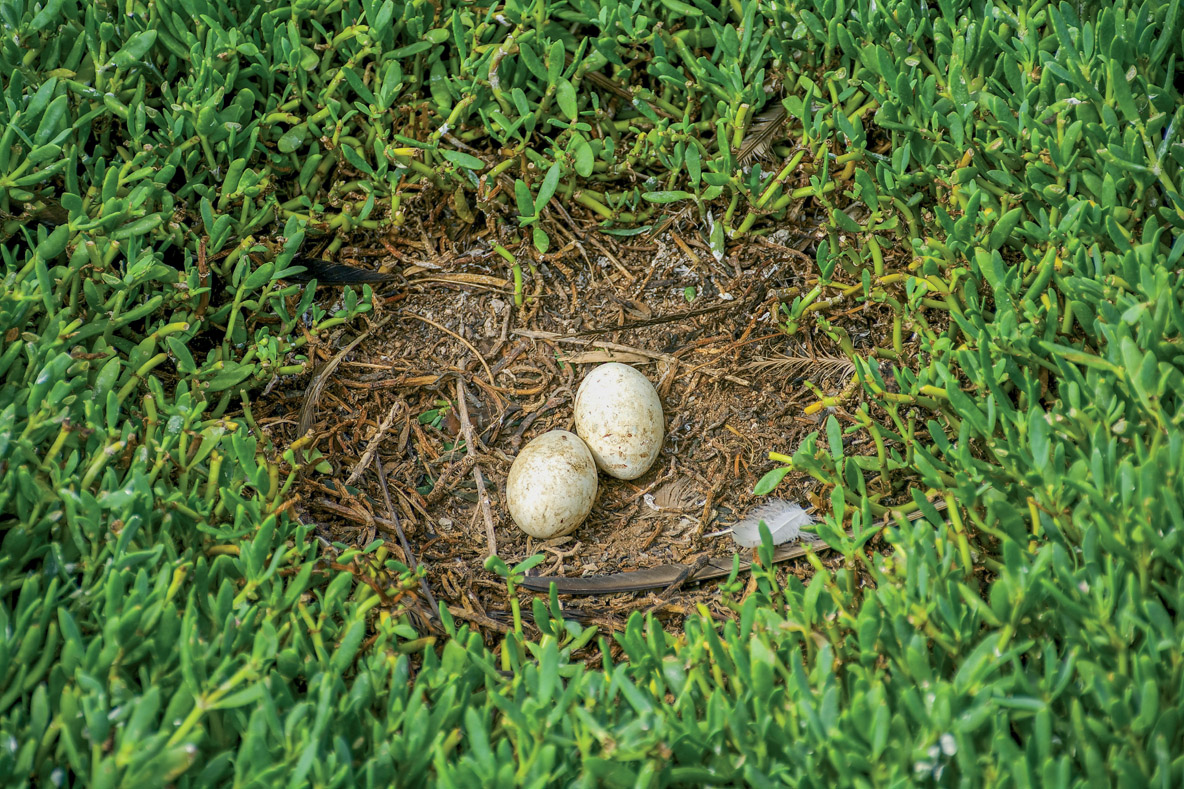
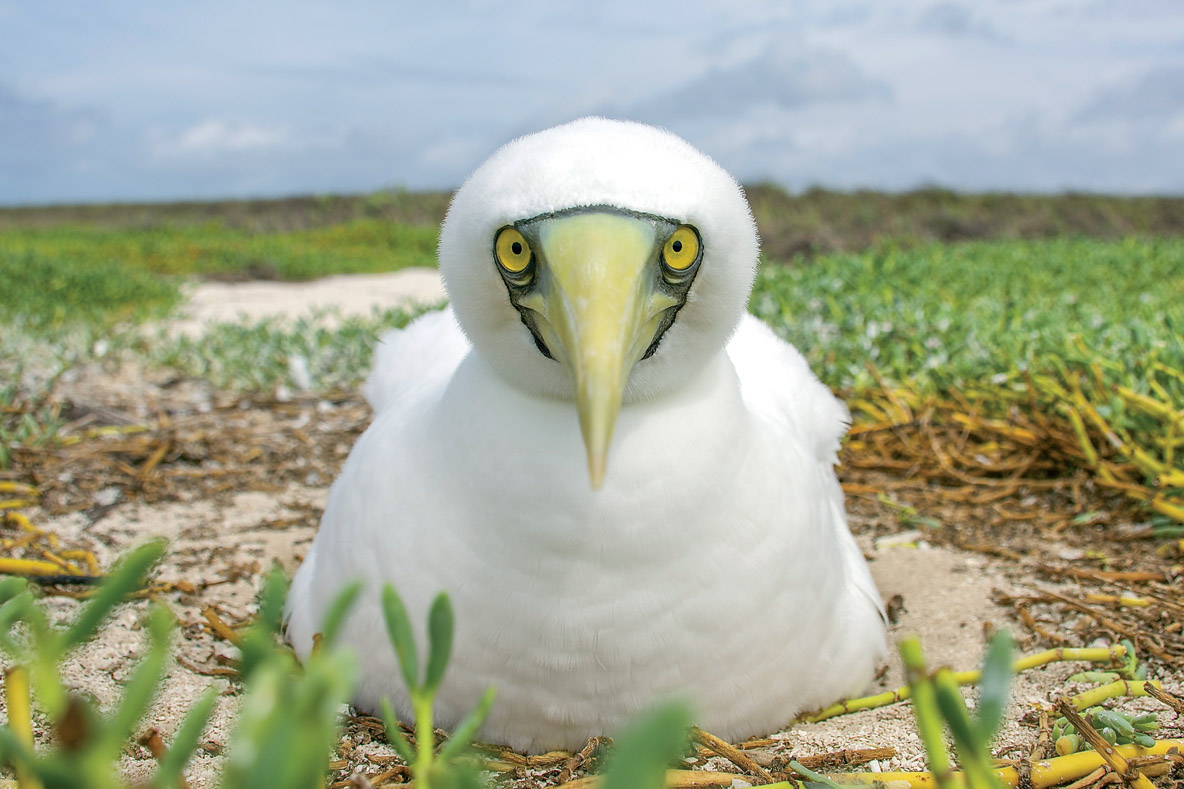


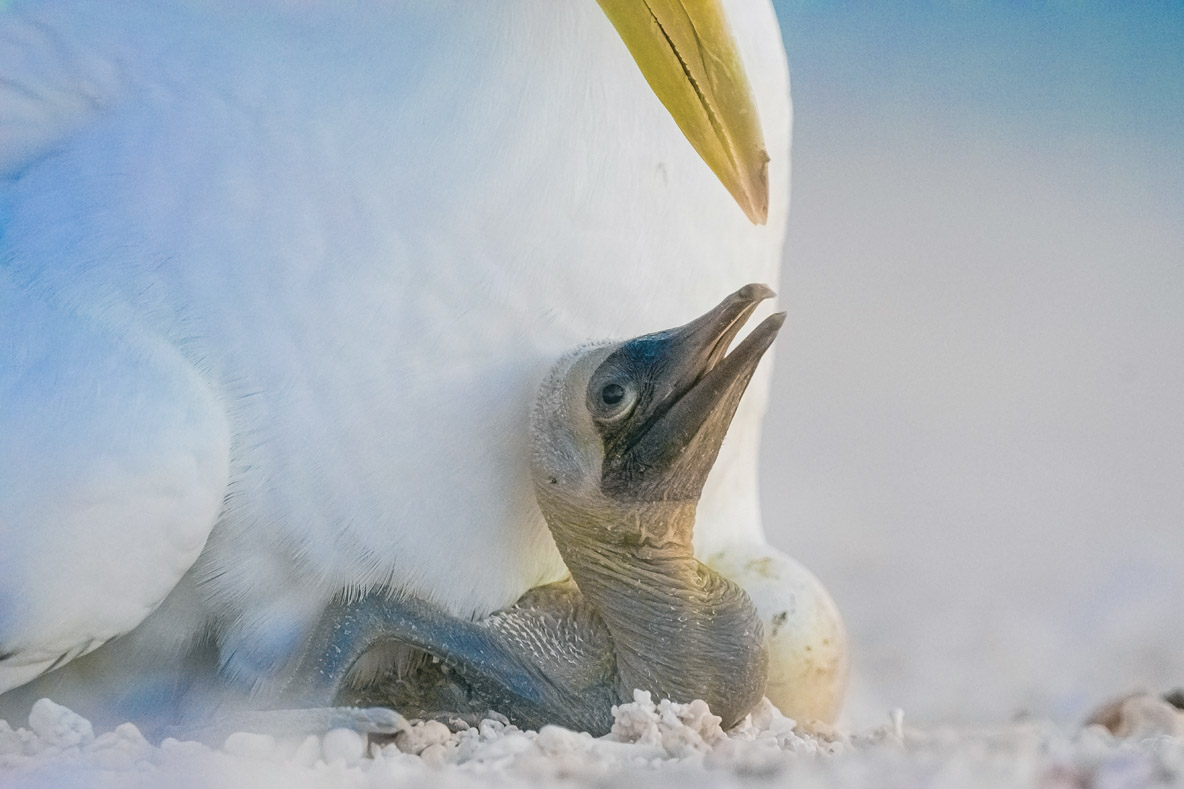
Destinations offered by
View all the destinations
 Discover the 2025 winners!
Discover the 2025 winners! 
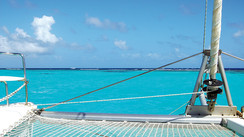
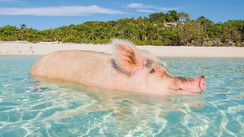
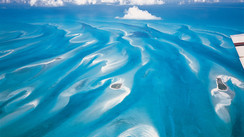
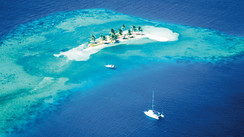
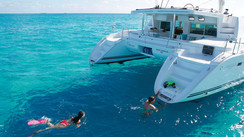
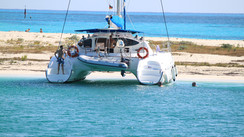






What readers think
Post a comment
No comments to show.